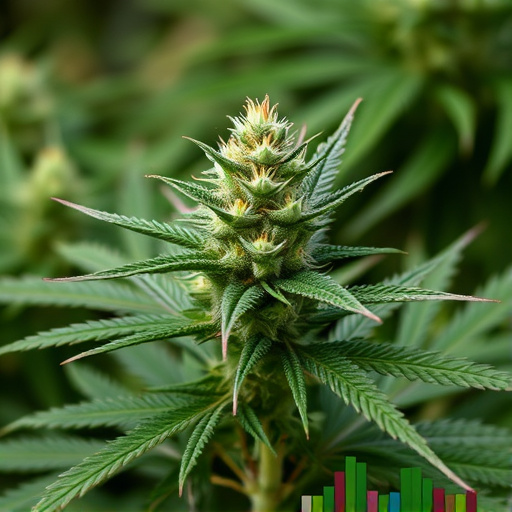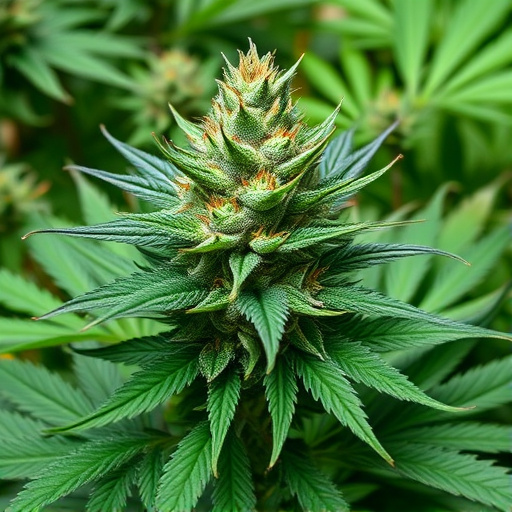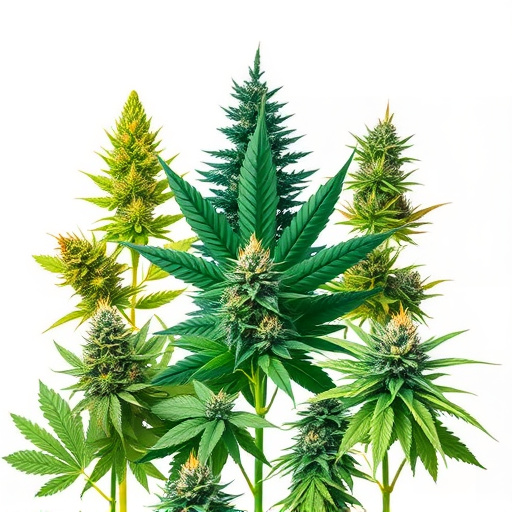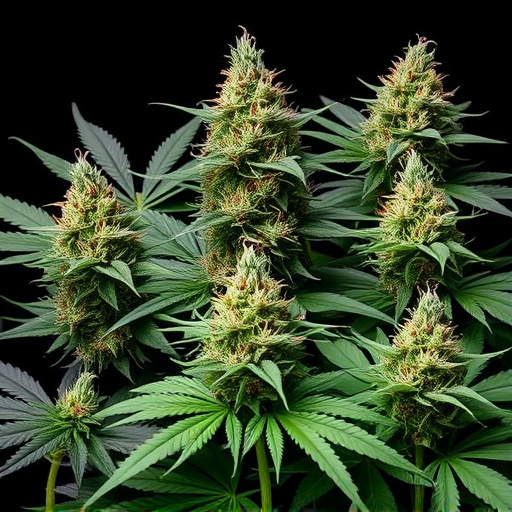Cannabis consumption varies widely based on the unique combinations of cannabinoids and terpenes in different cannabis strains, which influence effects like relaxation or energy boost. Short-term effects range from altered perception to increased heart rate, while long-term use may bring respiratory issues or cognitive impairment. Understanding different cannabis strains is crucial for mitigating potential anxiety, especially with modern strains' higher potency. Exploring THC and CBD compositions enables users to make informed choices, balancing therapeutic benefits against negative effects.
“Unraveling the multifaceted effects of cannabis is essential, especially with its growing popularity. This article explores the intricate balance between short- and long-term weed use, delving into the diverse physical and mental implications. From immediate reactions to chronic health concerns, we dissect the impact of various cannabis strains on the human body. Additionally, we illuminate the medical realm’s evolving relationship with different strains, highlighting their therapeutic potential in managing pain, anxiety, and sleep disorders. Understanding these effects empowers informed decisions regarding cannabis consumption.”
- Short-Term Effects of Different Cannabis Strains
- – Physical reactions
- – Mental and cognitive changes
Short-Term Effects of Different Cannabis Strains
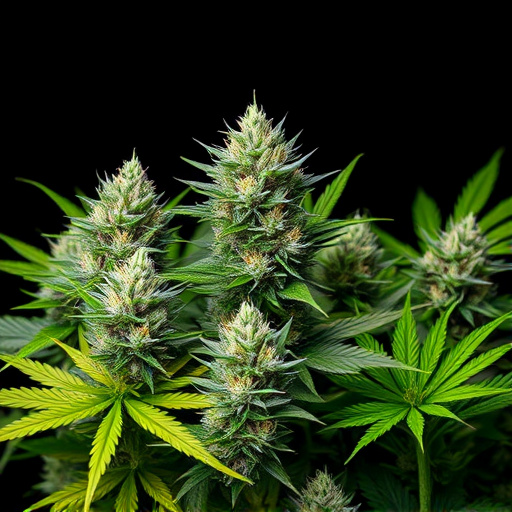
Cannabis consumption, especially among those new to it, can produce a range of short-term effects that vary greatly depending on the specific strain. Different cannabis strains offer unique profiles of cannabinoids and terpenes, leading to diverse experiences. For instance, indica strains are known for their calming and relaxing properties, often inducing feelings of lethargy and heightened sensory perception. On the other hand, sativa strains tend to evoke a more energetic and uplifting effect, enhancing focus and creativity. Some hybrid strains combine these effects, offering a balanced experience.
The short-term impacts can include altered perception, increased heart rate, heightened senses, and a distorted sense of time. Certain strains may also induce anxiety or paranoia in users who are susceptible to such feelings. Additionally, the potency of modern cannabis strains has significantly increased compared to past decades, which means even small doses can have potent effects. This variation in experience underscores the importance of understanding the specific strain’s characteristics before consumption.
– Physical reactions

The physical reactions to cannabis can vary greatly depending on the individual and the specific cannabis strains consumed. Short-term effects often include increased heart rate, heightened senses, and a feeling of relaxation or euphoria. Some users also experience improved appetite, known as “the munchies,” while others may feel more energetic or tired, depending on the strain’s composition and their personal tolerance.
Long-term use can lead to different physical consequences. Regular cannabis consumption may result in respiratory issues due to the smoke, dry mouth, and eyes. Some studies suggest that certain cannabis strains high in THC, the primary psychoactive compound, might contribute to cognitive impairment over time, affecting memory and concentration. However, research also points to potential benefits, such as reduced spasms and pain for medical users, highlighting the complex interplay between cannabis and the body.
– Mental and cognitive changes
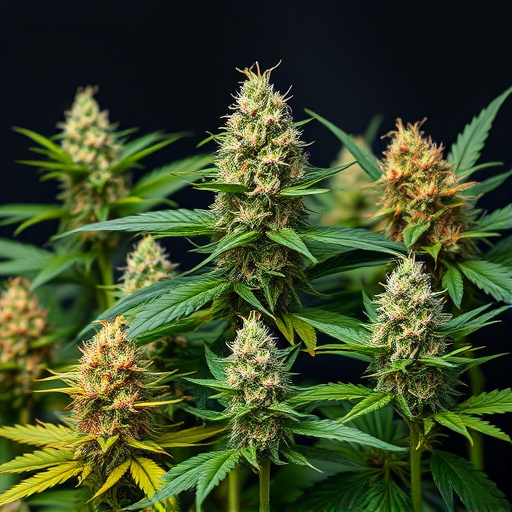
The short-term effects of cannabis, often associated with “weed,” include altered perception, increased appetite, and relaxation. However, one of the most profound aspects is its impact on mental and cognitive functions, which can vary significantly depending on the different cannabis strains. Some strains, known for their high THC content, may induce temporary anxiety, paranoia, or disorientation in users, especially those new to the substance. On the other hand, strains with a higher CBD (cannabidiol) composition are often touted for their potential therapeutic benefits, including reducing stress and improving focus.
Long-term use of cannabis can lead to more complex mental and cognitive changes. Regular consumption may impact memory, concentration, and problem-solving abilities, particularly in adolescents and young adults whose brains are still developing. Research suggests that the effects on cognition depend on factors like the frequency and quantity of use, as well as individual differences. Exploring different cannabis strains and their unique profiles can help users navigate these impacts and make informed choices to mitigate potential negative effects while reaping potential benefits.
In understanding the short- and long-term effects of weed, particularly the diverse range of physical and mental impacts associated with different cannabis strains, users can make more informed decisions. Awareness of these effects is crucial for navigating both immediate experiences and potential long-term health considerations. By recognizing how various strains can influence cognitive function, mood, and bodily sensations, individuals can tailor their use accordingly, ensuring a balanced approach to incorporating cannabis into their lives.
